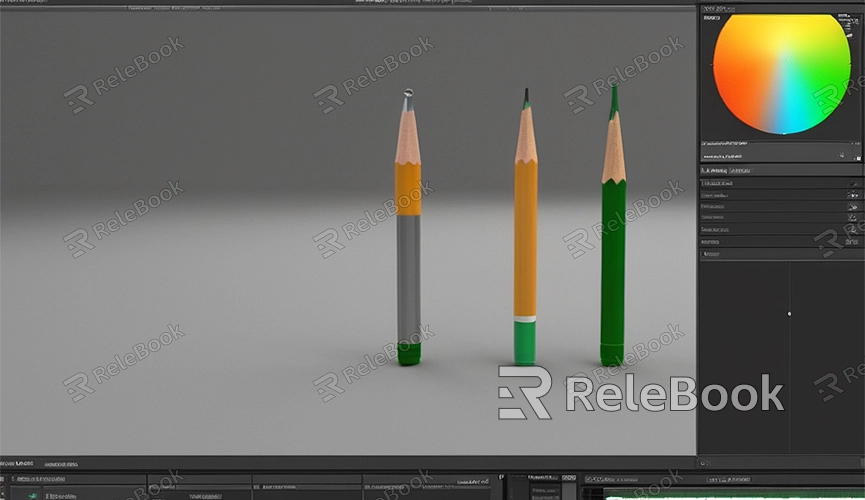How to Make a 3D Model in Blender
Blender is a powerful free and open-source 3D modeling software widely used in fields such as film production, animation, and game development. If you're looking to learn how to make 3D models in Blender, you've come to the right place! Below are the basic steps and techniques for creating 3D models.
1. Download and Install Blender
Firstly, you need to download and install Blender software. Blender can be downloaded for free from its official website. Once installed, open Blender, and you're ready to start making 3D models.

2. Learn Basic Operations
Before diving into making 3D models, familiarize yourself with basic Blender operations. This includes view navigation, selection, movement, rotation, scaling, etc. These basic operations are the foundation for creating any 3D model, so it's advisable to spend some time learning and mastering them.
3. Create Basic Geometric Shapes
In Blender, you can quickly create the basic shapes of models by adding primitive geometric shapes such as cubes, spheres, cylinders, etc. Select a basic shape and drag the mouse in the scene to create it.
4. Use Edit Mode for Modeling
Blender provides an Edit Mode that allows detailed editing and adjustments to models. Switch to Edit Mode, where you can select vertices, edges, or faces and manipulate them by moving, rotating, scaling, etc., to gradually shape the desired model.
5. Utilize Plugins and Add-ons
Blender offers a wide range of plugins and add-ons to help you efficiently create 3D models. For example, you can use plugins to generate complex geometry shapes or add-ons to quickly create details and textures.
6. Learn Modeling Techniques and Workflows
In addition to mastering basic operations and tools, learn some modeling techniques and workflows. For instance, learn how to use mirror modifiers, Boolean operations, curve modeling techniques, and how to organize and manage different parts of the model.
7. Detailing and Texture Handling
Adding details and textures during the modeling process can make the model more realistic and appealing. You can use sculpting tools, texture mapping, materials, and lighting features to enhance the model's expressiveness.
8. Export and Share Models
Once the model is complete, you can export it to common 3D file formats (e.g., .obj, .fbx) and share it with others or use it in other projects. Additionally, you can upload the model to online platforms (e.g., Sketchfab) to showcase and share your work.
By following the above steps and techniques, you should have mastered the basic methods of making 3D models in Blender. With continuous practice and experimentation, you'll find your modeling skills improving, creating increasingly beautiful 3D models! If you need high-quality 3D textures, HDRI, or 3D model downloads while creating models and virtual scenes, you can download them from Relebook and directly import textures and 3D models into your project for use.

